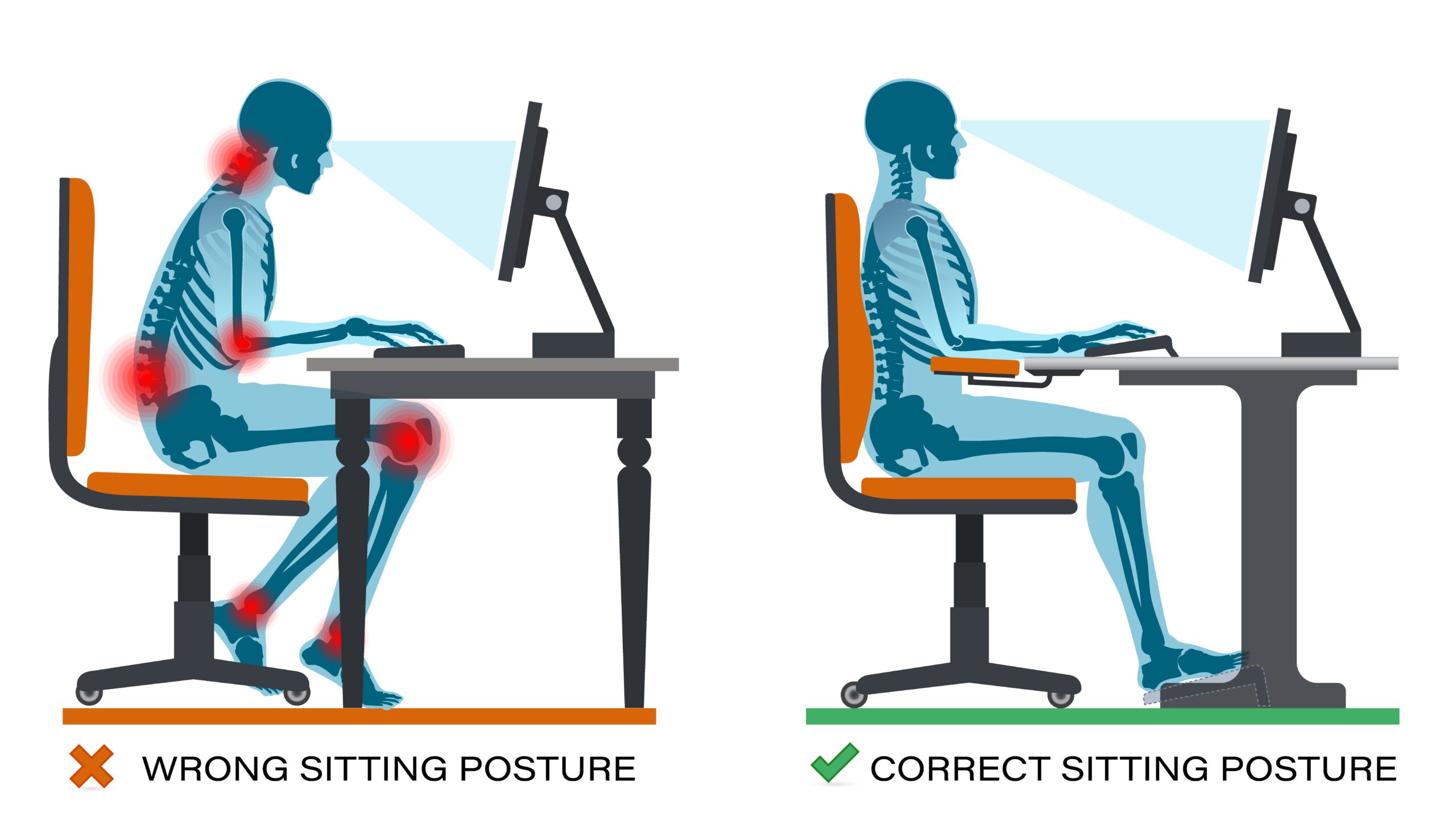
Introduction
Have you ever experienced discomfort or pain in your neck, back, or wrists after a long day at work? You’re not alone. Many of us spend a significant portion of our lives working at desks or in other office environments, and this can take a toll on our joints and muscles. The good news is that by understanding and applying some simple principles of workplace ergonomics, you can significantly reduce the risk of these issues and keep your body feeling its best. Let’s explore how you can protect your joints and muscles through proper ergonomics.
1. Choose the Right Chair and Adjust it Properly
Your chair is where you spend most of your workday, so it’s crucial to pick one that provides good lumbar support. Ensure your feet touch the ground comfortably, and your knees are at a 90-degree angle. This helps to maintain the natural curve of your spine, reducing stress on your back.
2. Maintain a Neutral Posture
Sit all the way back in your chair and keep your back straight, avoiding slouching or leaning to one side. Your computer monitor should be at eye level, so you don’t have to strain your neck to see the screen.
3. Keep Your Feet Flat on the Ground
If your feet don’t reach the floor, consider using a footrest to ensure that your knees remain at a 90-degree angle, reducing stress on your lower back and legs.
4. Use an Ergonomic Keyboard and Mouse
Ergonomic keyboards and mice are designed to reduce the strain on your wrists and hands. They allow for a more natural hand and wrist position, reducing the risk of conditions like carpal tunnel syndrome.
5. Take Regular Breaks
Sitting for long periods can lead to stiffness and discomfort. Make it a habit to stand up, stretch, and walk around for a few minutes every hour. These short breaks can do wonders for your joints and muscles.
6. Organize Your Workspace
Keep your commonly used items within easy reach to minimize the need for repetitive movements. This includes your phone, documents, and office supplies. Avoid overreaching or twisting to access these items.
7. Stay Hydrated and Maintain a Healthy Diet
Proper hydration and nutrition are essential for your overall health, including your joint and muscle health. Staying hydrated helps lubricate your joints, while a balanced diet provides the necessary nutrients for muscle function.
8. Exercise Regularly
Engaging in regular physical activity can strengthen your muscles and support joint health. Focus on exercises that improve flexibility, strength, and posture.
9. Listen to Your Body
If you’re experiencing persistent discomfort, don’t ignore it. Take it as a sign to adjust your workspace or seek professional advice. Early intervention can prevent more severe issues from developing.
Conclusion
Workplace ergonomics isn’t just about comfort; it’s about protecting your joints and muscles from long-term damage. By making simple adjustments to your workspace and daily habits, you can significantly reduce the risk of pain and discomfort. Your body will thank you, and you’ll be better equipped to excel in your professional life. So, take these steps to ensure your workplace is a haven for your joints and muscles, not a source of pain.










